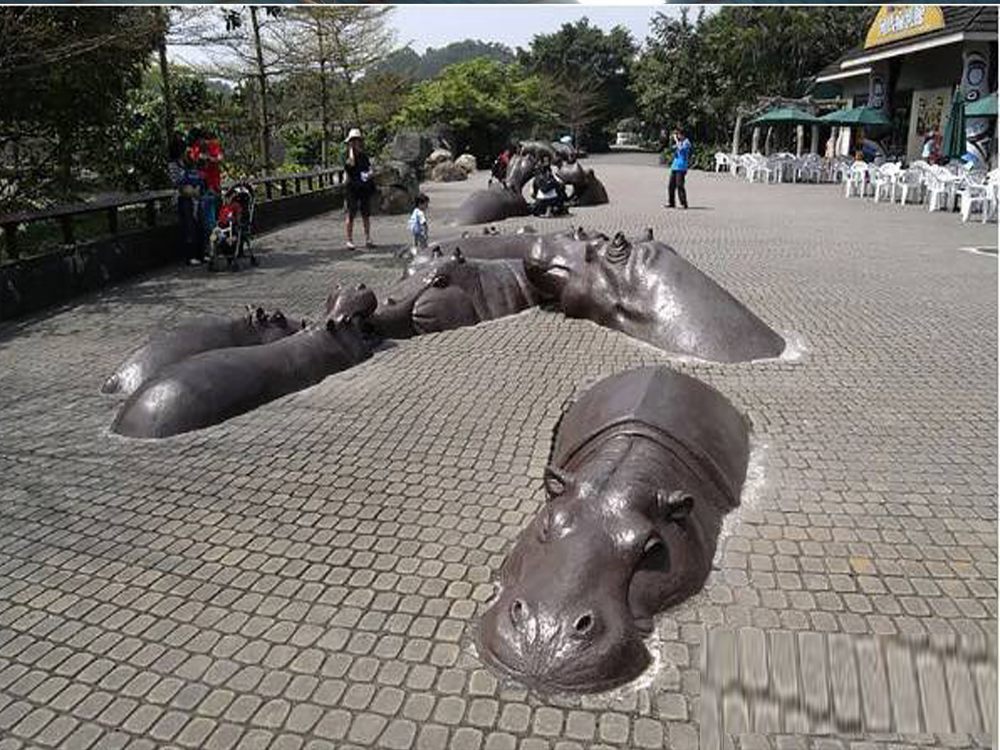
Artists have long used stone sculptures to engage with urban and industrial landscapes, creating striking contrasts and harmonious dialogues between natural materials and man-made environments. By placing stone sculptures in cities or industrial sites, they challenge perceptions of space, history, and materiality.
One approach involves repurposing industrial remnants, such as abandoned quarries or factory sites, as backdrops for monumental stone works. These sculptures often reflect the site’s history, merging raw stone with rusted metal or concrete to evoke a sense of timelessness. For example, artists like Richard Serra use massive stone forms to disrupt urban grids, inviting viewers to reconsider their surroundings.
Other artists integrate stone sculptures into green spaces or plazas, softening harsh urban aesthetics. Smooth marble or rugged granite can contrast with glass skyscrapers, creating visual tension or tranquility. Public art initiatives frequently employ stone to foster community connection, as seen in projects like Janet Echelman’s collaborative stone-and-net installations.
Ultimately, stone sculptures in urban or industrial settings act as mediators—bridging nature and architecture, past and present. They transform sterile spaces into places of reflection, proving that even the hardest materials can evoke profound emotional and cultural responses.

